This post may contain affiliate links. Please read our disclosure policy.
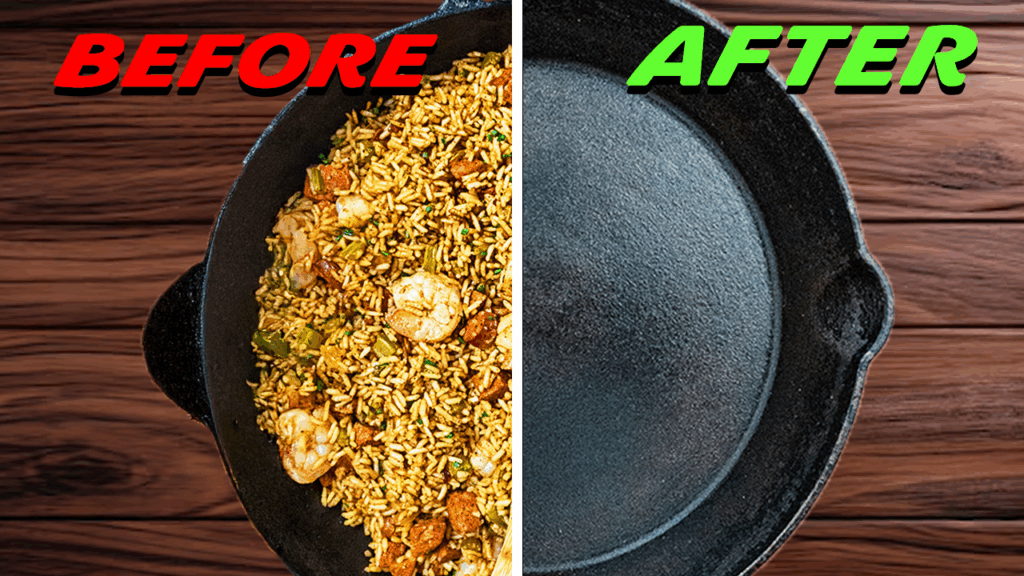
Table of Contents
- Step 1: Clean It While It’s Warm
- Step 2: Use Chain Mail to Scrub (No Soap Needed)
- Step 3: Apply a Thin Layer of Crisco
- Step 4: When Food Sticks — Quick Fix Method
- Step 5: Cool and Store Properly
- Step 6: Build an Heirloom
- Frequently Asked Questions (FAQs)
- How to Clean and Care for Your Cast Iron Skillet (After Cooking) Recipe
If you’ve been following along, you already know how to season your cast iron skillet the right way. In my last article, “How to Season Your Cast Iron,” I showed you step-by-step how to bring an old skillet back to life — from stripping it down to building up that perfect nonstick coating.
After sharing that post, a lot of you asked the same question:
“AB, how do you clean your cast iron after cooking?”
Well, I’ve got you covered. Today, I’m walking you through exactly how to clean, protect, and maintain your cast iron skillet so it lasts for generations.
Step 1: Clean It While It’s Warm
The best time to clean your cast iron is right after cooking — while it’s still a little warm, but not too hot to handle. The heat helps loosen any leftover bits and makes cleaning much easier.
- Start by scraping off any food particles.
Use a scraper or a flat-edged spatula to push everything to one side. - Wipe out the pan with a paper towel to remove grease, crumbs, and seasoning residue.
You may need a couple of paper towels, depending on how much oil you used.
Pro Tip: If food sticks frequently, you may be cooking over too high a heat. Cast iron retains heat extremely well, so medium-high is usually all you need.
Step 2: Use Chain Mail to Scrub (No Soap Needed)
Once the pan is wiped out, it’s time to scrub — gently.
Use a chain mail scrubber (sometimes called “chain maul”) to clean off any stubborn spots. It’s strong enough to remove residue but gentle enough to protect your seasoning.
Important: Do not use soap or harsh detergents. Your skillet’s nonstick surface comes from the layers of oil baked into the iron — soap can strip those away.
Simply run the chain mail over the surface and edges, then wipe clean again with a paper towel.
Step 3: Apply a Thin Layer of Crisco
Once your skillet is clean, apply a very light layer of Crisco or solid shortening.
- Dab a small amount onto a paper towel or lint-free cloth.
- Rub it around the entire inside of the skillet, including the sides.
- Wipe out any excess — you want it to shine lightly, not look greasy.
This step protects your skillet from moisture and rust. Over time, these thin coats build up and make your skillet even smoother and more nonstick.
Step 4: When Food Sticks — Quick Fix Method
Sometimes, especially when cooking chicken or saucy dishes, food might stick to the bottom. Here’s an easy fix without starting over:
- Pour out the grease safely (never down the drain).
- Add a small amount of warm water to the skillet while it’s still warm.
- Use your chain mail scrubber to gently lift the stuck bits.
- Wipe dry with paper towels.
- Set the skillet on the stove over medium-high heat until all moisture evaporates.
- Once dry, apply a thin coat of Crisco again.
This quick process restores your pan without the need to reseason it completely.
Step 5: Cool and Store Properly
Let your skillet cool completely before storing it. Keep it in a dry spot with good airflow — avoid covering it with a lid, as trapped moisture can lead to rust.
Even when you’re not using your skillet, give it a quick wipe with a touch of Crisco now and then. Those thin, frequent layers are what build up that smooth, glassy finish that true cast iron lovers swear by.
Step 6: Build an Heirloom
When properly cared for, a cast iron skillet can last well over 200 years. That’s right — it’s something you can pass down through your family.
Each meal adds another layer of seasoning and another piece of history. Whether you received yours from a grandparent or bought it new, keep it going strong for the next generation.
Frequently Asked Questions (FAQs)
Q: Can I ever use soap on my cast iron?
A: It’s best not to. Soap can strip away the seasoning you’ve built up. Instead, use warm water, a chain mail scrubber, and a paper towel to clean it.
Q: What if my cast iron rusts?
A: Don’t panic. Simply scrub the rust off with steel wool, rinse, dry completely, and reseason it following the steps from my previous article, “How to Season Your Cast Iron.”
Q: Do I need to oil the outside too?
A: Yes — applying a light coat of oil or Crisco to the exterior helps protect it from rust and keeps it looking great.
Q: How often should I reseason my cast iron?
A: If you cook with it regularly and maintain it after each use, you shouldn’t need to fully reseason often. But if food starts sticking or it looks dull and dry, give it a fresh seasoning.
Q: Can I put my cast iron skillet in the dishwasher?
A: Absolutely not. The detergent and water exposure will strip your seasoning and can cause rust.
How to Clean and Care for Your Cast Iron Skillet (After Cooking)
Instructions
- After cooking, let your skillet cool slightly — warm, not hot. Use a scraper or flat spatula to remove food bits. Wipe out grease and crumbs with a paper towel. Avoid using soap; it removes seasoning.
- Use a chain mail scrubber to clean off any stuck-on food. No soap or detergent needed. Scrub lightly and wipe clean with a paper towel.This keeps your built-up seasoning intact.
- Add a small dab of Crisco or shortening to the skillet. Rub it evenly over the surface (inside and edges). Wipe away any excess.This adds a protective layer and enhances the nonstick surface.
- If something sticks:Pour out the grease (never down the drain).Add a bit of warm water to the skillet.Gently scrub with your chain mail.Dry completely with a towel.Heat the skillet on the stove to evaporate moisture.Reapply a thin coat of Crisco.
- Once clean and oiled:Let it cool completely.Store in a dry place with good airflow (no lids).Occasionally wipe with Crisco, even when not cooking, to keep building seasoning layers.
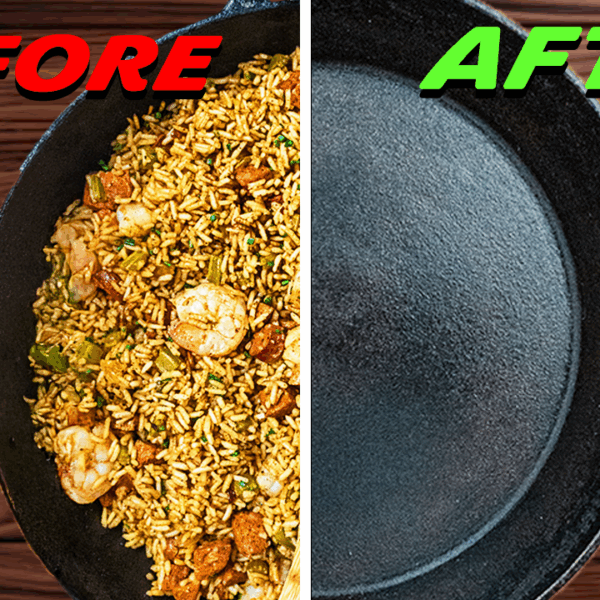
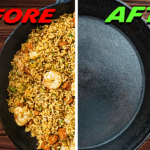
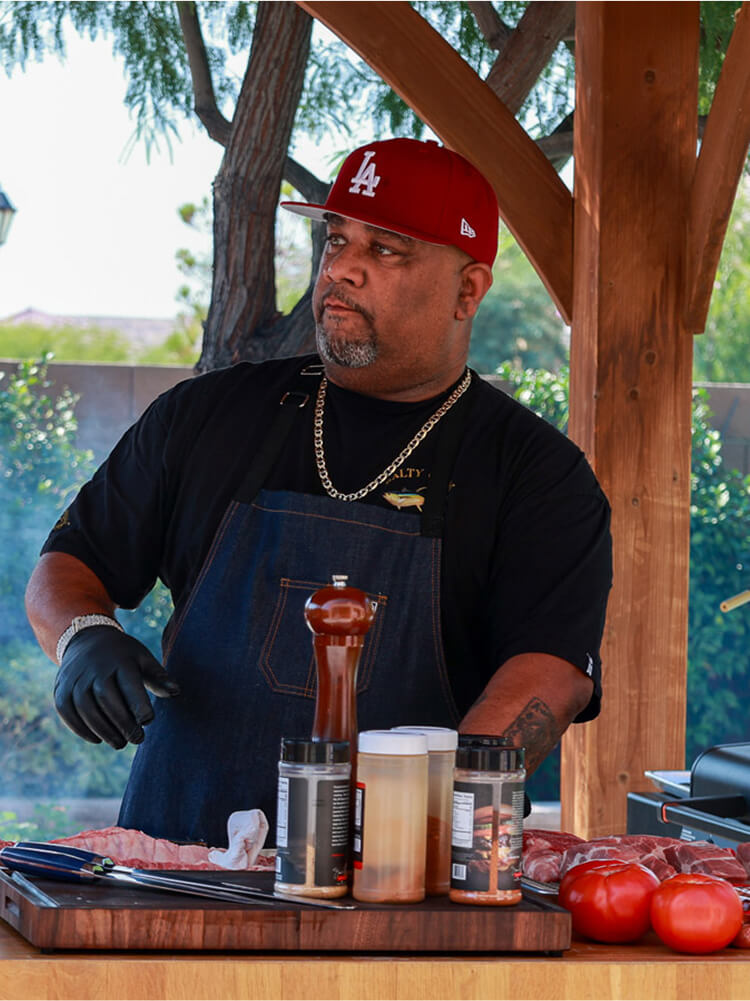
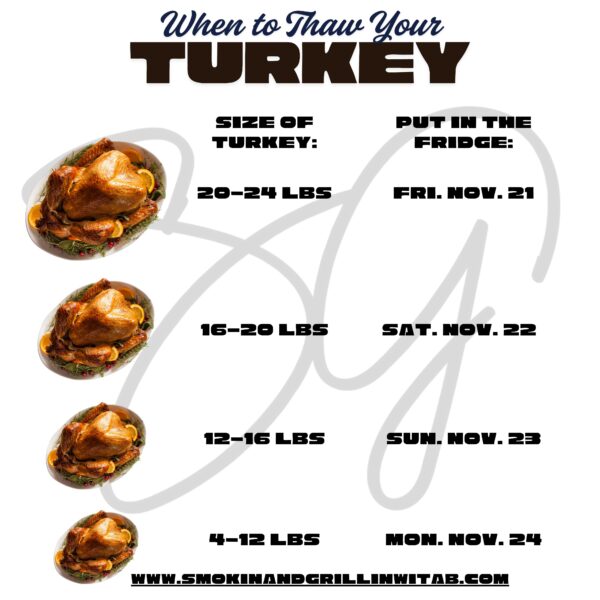


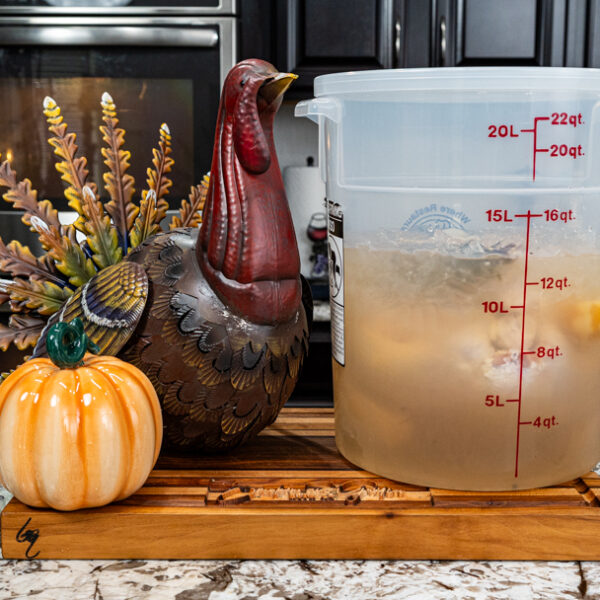









While it isn’t a recipe, it is definitely a great article. I recently realized that cooking using cast iron pans is much better than what I have been using. I need to know how to take care of my pans for continued use and so I can keep up with AB’s great recipes. Thank you for this priceless info AB!